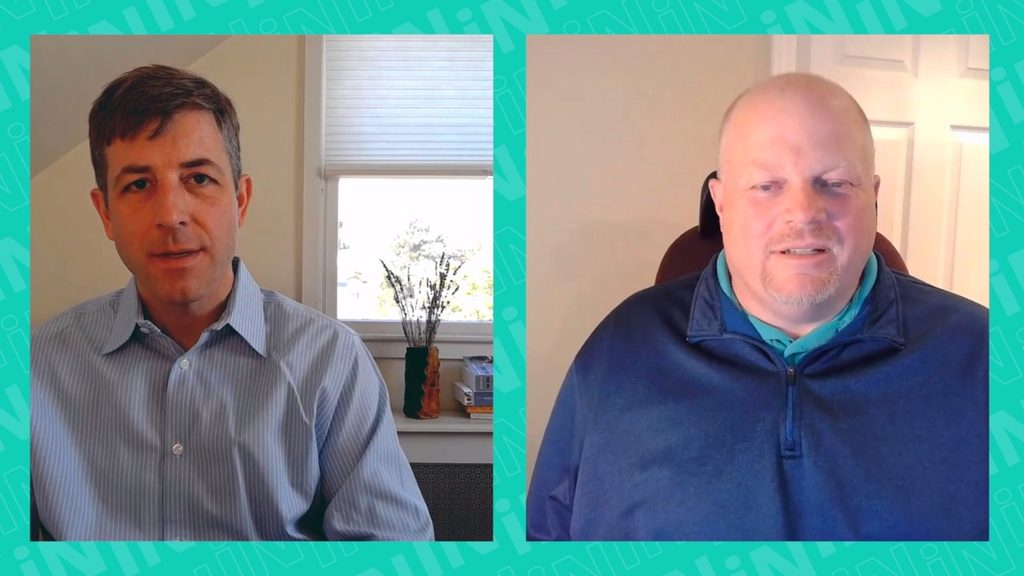
PegaWorld | 09:28
New Jersey Courts' investment in people, process, and technology prepares for disruption

New Jersey Courts' investments in legacy modernization, building internal capabilities, rethinking operations, and moving to the cloud has positioned the Courts to rapidly respond to the current health crisis in ways it never could have before. Hear how people, process, and technology converge to provide quick services in ways that were not previously anticipated.
Transcript:
America has the highest incarceration rate of any country in the world. We've increased our prison population 800% in 40 years. Knowing we had this incarceration problem and this legislation coming in New Jersey, I said, "This is a great opportunity for us to lurch forward. "What could we do with great application software "like the Pega framework?"
It's true, we should be able to do great things with the processing power we have in front of us now. We provide the judge a finalized report and score.
With that report is just the tool for the judge to then make an informed decision about, should this person be in or out, if they're going to be out on the street what level of monitoring, ankle bracelets, things like that they should have to make sure that they comply with our mandate, which is to get you to show up to court and not commit new crime while you're out.
We need the end-to-end digitization. We have, as most people in government have, very old legacy case management systems that have data dating back to the '70s and '80s. It's always been a burden to us, but it doesn't have to be because there's a lot of rich data in there and it offers us the historical information we need.
We have a huge database. We have 40 million party records and a hundred million case records. Our goal is to find Burglar Ben among this ocean of data. One of the things that we decided right from the beginning is that Jack wanted to make sure that we completely automated this process.
There are no manual processes here at all. It's the click, you click it and then the data comes back. We are pre-filling every information from the Live Scan system, so that the law enforcement, they don't have to do data duplication entry, right? It's happened once and that information is carried across the system.
This is, again, a pickup system. The end-to-end thing is bigger. So it comes through, pre-fills on the screen, and then they issue the complaint. We also send the complaint information to the next best action, which is for the staff has to go to our case management system and process this so that the judge can make a decision in 48 hours.
All these systems are linked as part of the bail reform. So the information flows to us real time. This is a big lift for us. It's very significant because that fingerprint ID is the holy grail for us. That's the one that helps us to track through the defendant in our system. There are so many integration points here with our state, external agencies, internal agencies, with the MDM.
All the data is accumulated and processed and analyzed. This is a lot of information. Like I said, like a hundred million cases. So we do this real time and we are incrementally delivering because a project of this nature with high complexity, we cannot wait 'til the end to see what the outcome is going to be.
The significance of bail reform, that's one of the primary motivating factors for us and also our business teams and everyone in ITO to do this project because we had to do in a short span of time and we have to get it right.
Related Resource
Product
App design, revolutionizedOptimize workflow design, fast, with the power of Pega GenAI Blueprint™. Set your vision and see your workflow generated on the spot.
